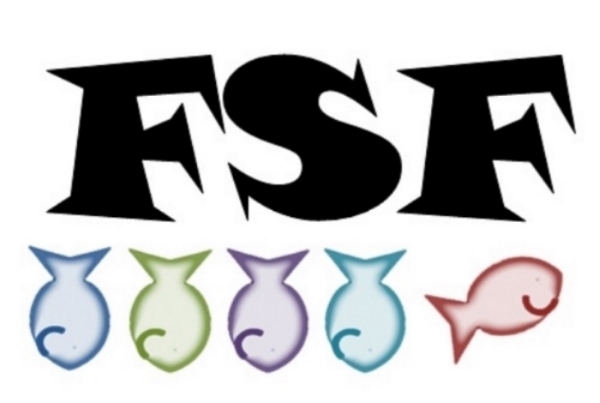Brief history: This is another old one which is primarily German in origins. For those of you who don’t know it, a big-mouthed miller accidentally condemns his daughter to death by claiming she can spin straw into gold. Locked away in the palace by a greedy king, the daughter is met with a little man who for 3 nights does the impossible task for her. However, each night his fee gets worse, first taking the only 2 items she had left of her dead mom and then insisting on taking her first born. The girl agrees, probably assuming the king will end up killing her anyway. He didn’t seem like a very sound mind. Then, with all of the straw spun and the king, thinking she has this great power, marries her and she gets pregnant. Oops. Just to recap: her dad almost got her killed, her husband is a gold-crazed psycho, and a little man was coming to take custody of her kid (why? No one knows). The little man makes her a deal that if she guesses his name within 3 days she can keep her offspring. The new queen uses her regal resources to find out the man’s name (actually in most versions a solider learns it for her, but she delegated it). After speaking the odd word “Rumpelstiltskin”, the little man gets so angry he stomps a hole in the ground and is swallowed by Hell.
Analysis: This is a tale of a woman surrounded by manipulative men and wins against each of them in some way. Okay, so she’s screwed if the kingdom ever goes into an economic depression and her husband demands she spins more straw into gold, but otherwise she manages to beat the main antagonist by being resourceful. The only analysis I’m never sure of is why Rumpelstiltskin wanted the baby in the first place. I get that it was a frightening overall idea - practitioner of magic kidnapping babies for nefarious deeds - but from a modern point of view it feels like it needs more backstory.
Blame it on the Victorians: Tom Tit Tot was an English version of the tale written down by John Jacobs in the late 1800s. In that version, it’s the girl’s mother who was singing about how that morning her daughter had eaten 5 whole pies. But when she realized that royalty was passing through the town, she changed her song to “she spun 5 skeins today” in order to make her daughter sound impressive. Then, the whole thing continues from there in the same way. The point is that in the English version all blame is upon the women. It’s the daughter who ate the pies in the first place (which in itself is a negative character trait making the story open with an idea that she deserves punishment for gluttony) and it’s her mom, not her dad, that gets her locked away by the king. I confess, I did like this version as a child because if the rhyme, “Ninny ninny not- my name is Tom Tit Tot”. But really Victorians - you had to make the main character earn her intelligence, didn't you.
Last thoughts: Best Rumpelstiltskin – It’s a toss-up between Billy Barty and Robert Carlyle (admit it – he’s one of the top 3 reasons to watch Once Upon a Time).
*If you want know any of the places where some of my research comes from, just contact me.

